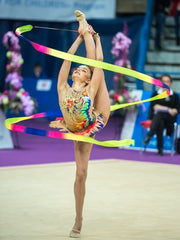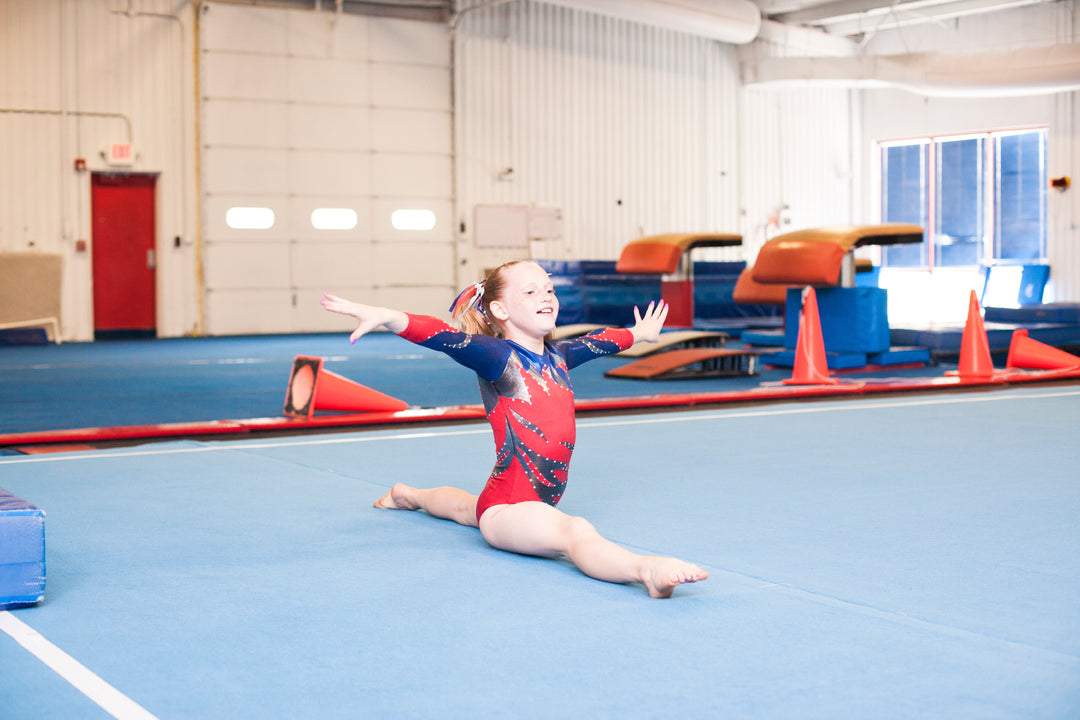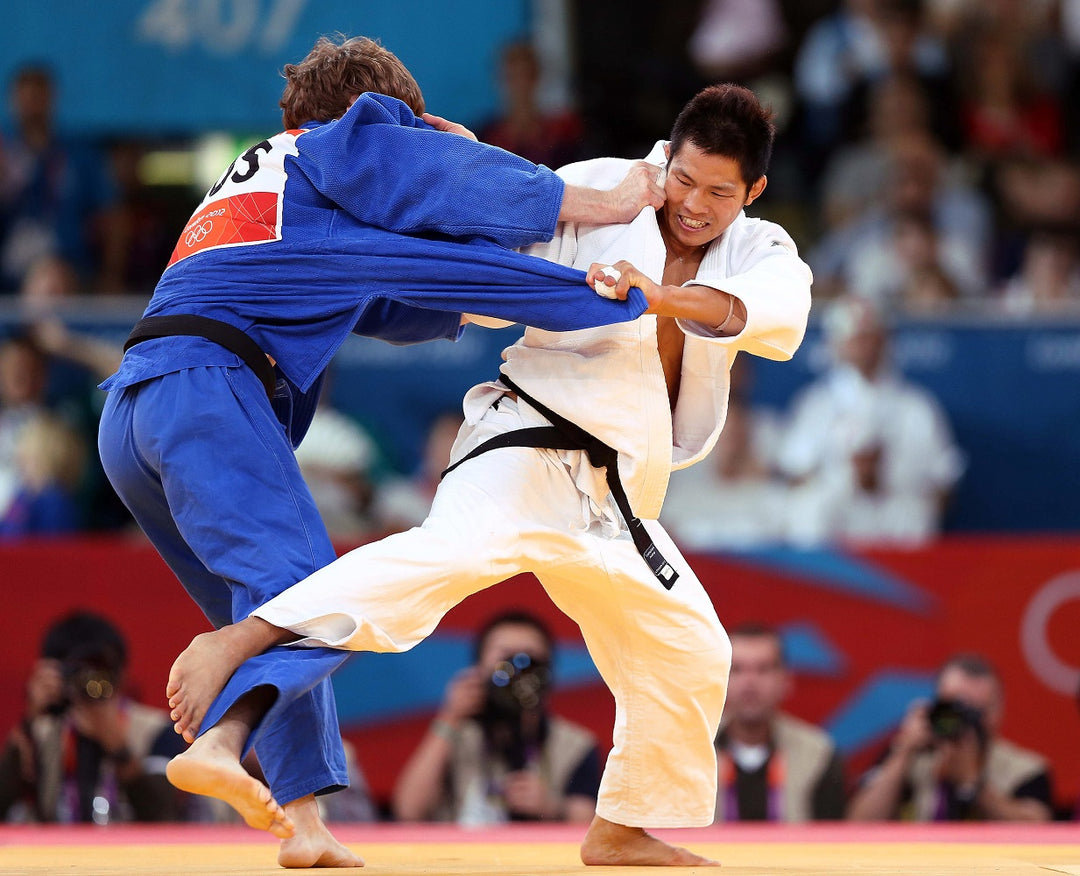The Evolution of Rhythmic Gymnastics

As we enter 2025, we celebrate over four decades since Rhythmic Gymnastics was officially included in the Olympic Games. With the anticipation of the upcoming LA 2028 Olympics, let's explore how this captivating sport continues to evolve and inspire.
Understanding Rhythmic Gymnastics
Rhythmic Gymnastics is a mesmerising sport, blending elements of dance and artistic gymnastics. Athletes perform on a mat, captivating audiences with routines that incorporate the use of a ribbon, hoop, ball, rope, clubs, and sometimes no apparatus at all. Each performance is a display of strength, flexibility, agility, and precise hand-eye coordination, showcasing modern gymnastics at its finest.
The Aim and Spectacle of Rhythmic Gymnastics
The goal is to enthrall the judges with well-choreographed routines that utilise hand-held apparatus. This sport combines the elegance of ballet with the theatrical flair of dance, making it a unique spectacle. Athletes push boundaries with risky maneuvers, such as launching apparatus high into the air and executing complex sequences before catching them, adding an element of suspense and artistry.
A Brief History of Rhythmic Gymnastics
Originating in the 1800s as group gymnastics, this discipline was influenced by pioneers like Jean-Georges Noverre and Francois Delsarte, who emphasised aesthetic expression through dance. It evolved through the incorporation of ballet and apparatus work, with competitive events debuting in Eastern Europe in the 1930s. Recognised by the International Gymnastics Federation (FIG) in 1963, the first world championships occurred in 1965 in Budapest. By the 1970s, the sport's appeal had crossed oceans, engaging athletes from around the globe, including the USA.
Rhythmic Gymnastics in the Olympics
Initially, the Olympics featured women’s artistic gymnastics with some apparatus exercises. However, it wasn't until the 1984 Los Angeles Games that Rhythmic Gymnastics was fully embraced, allowing individual competitors to showcase their talents. Group competitions followed in 1996, further enriching the Olympic program. Eastern European countries, notably Russia, Ukraine, Bulgaria, and Belarus, have historically dominated, producing numerous Olympic champions.
Modern Day Rhythmic Gymnastics
Today, Rhythmic Gymnastics is a global phenomenon, with countries like Spain, Italy, Greece, and Brazil highlighting their prowess in recent Olympic performances. Nations such as Germany, Switzerland, Israel, China, and Japan have also emerged as strong competitors. The sport continues to grow, engaging audiences with its blend of artistry and athleticism, and remains a staple in the world of British gymnastics and beyond. As we look forward to the Paris 2024 Olympics, the allure and sophistication of Rhythmic Gymnastics promise to captivate yet another generation of fans.








